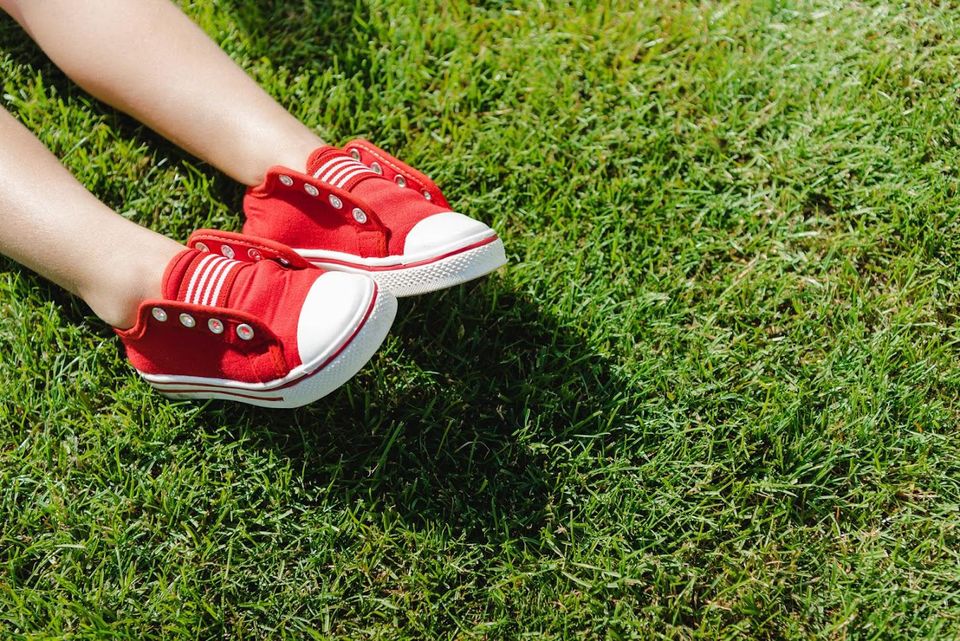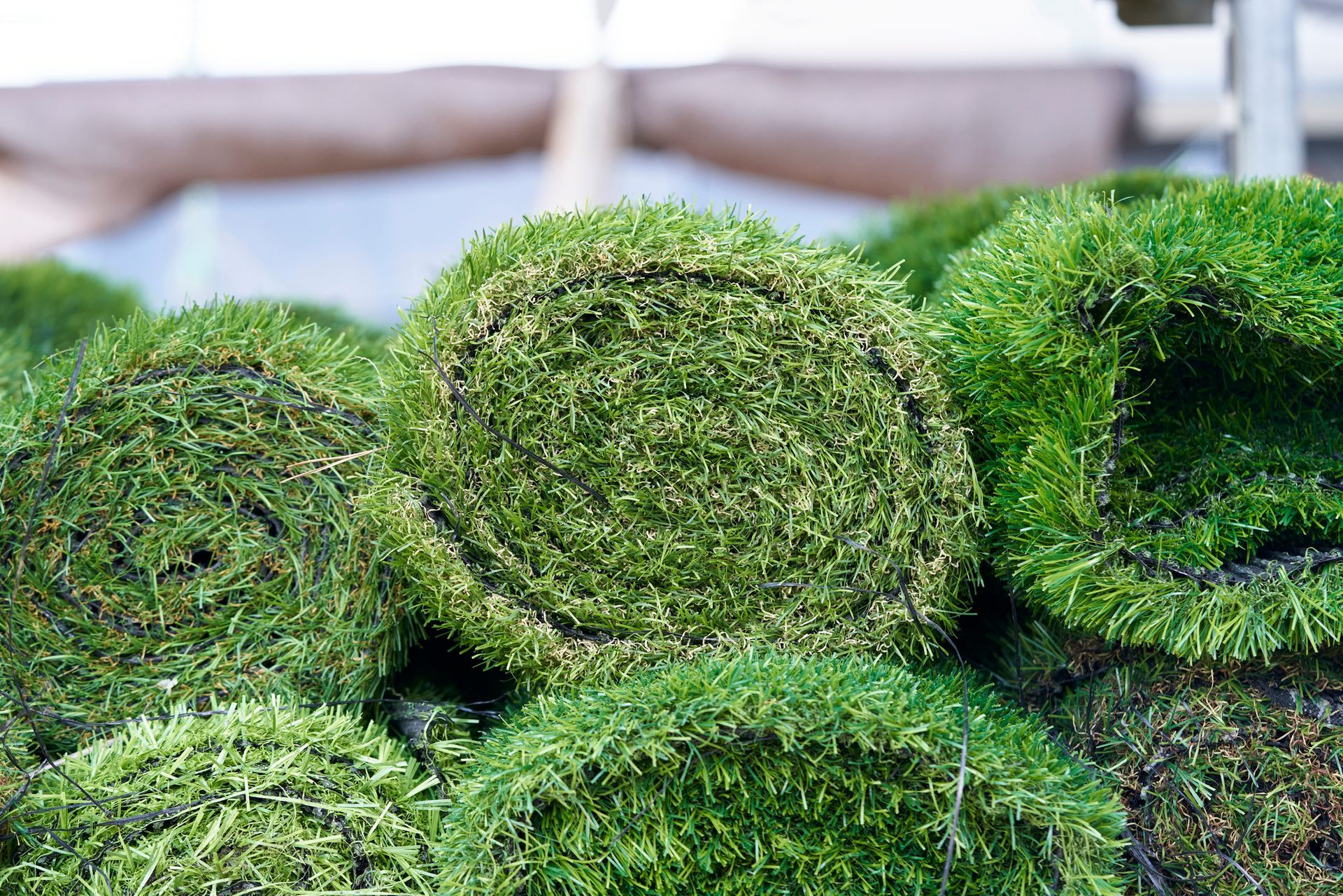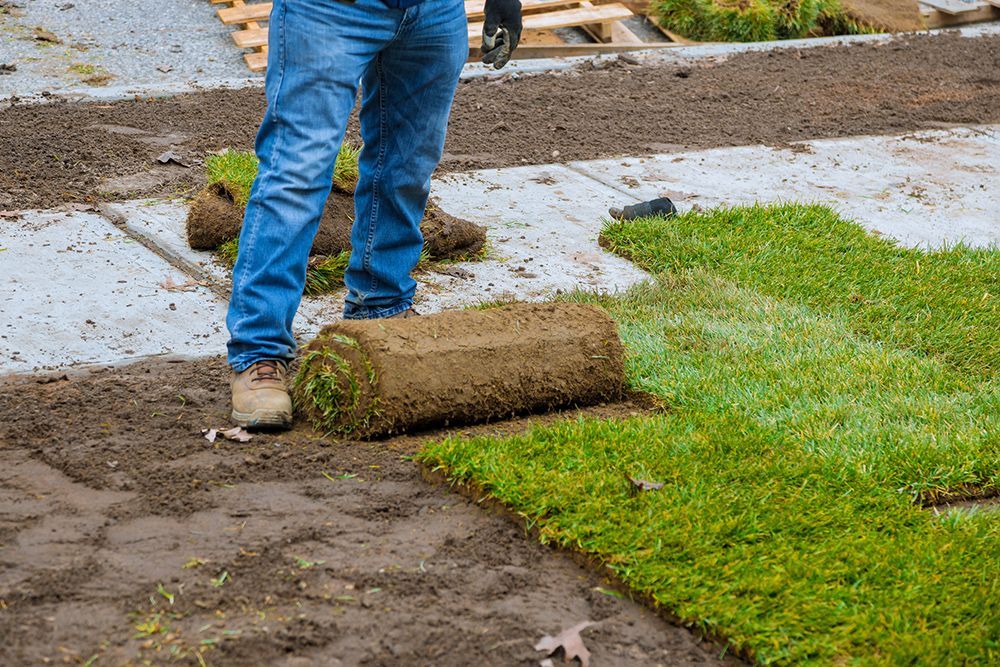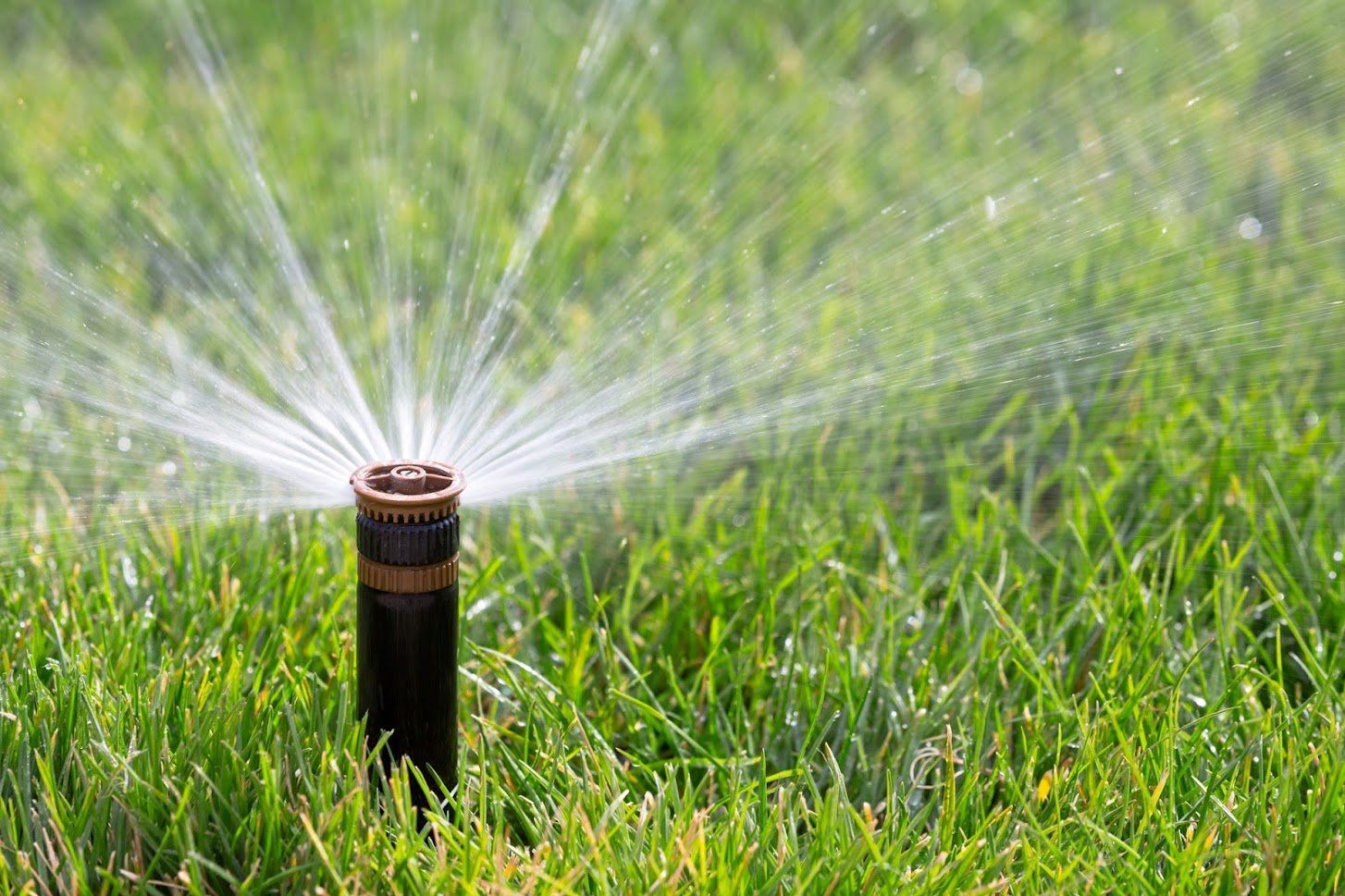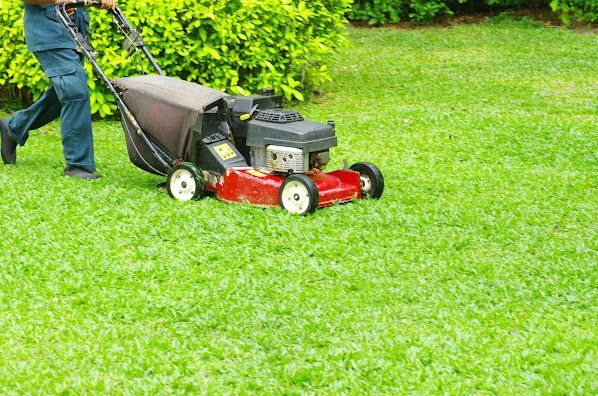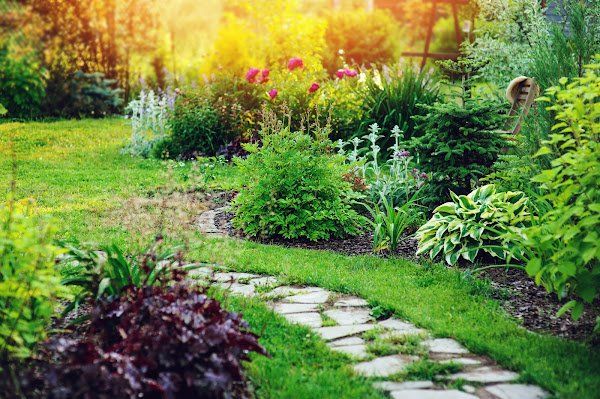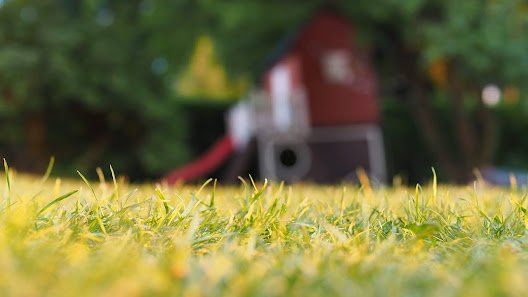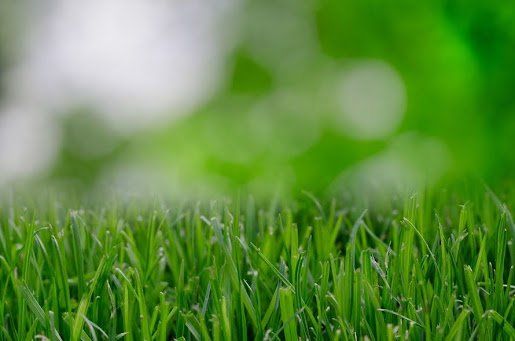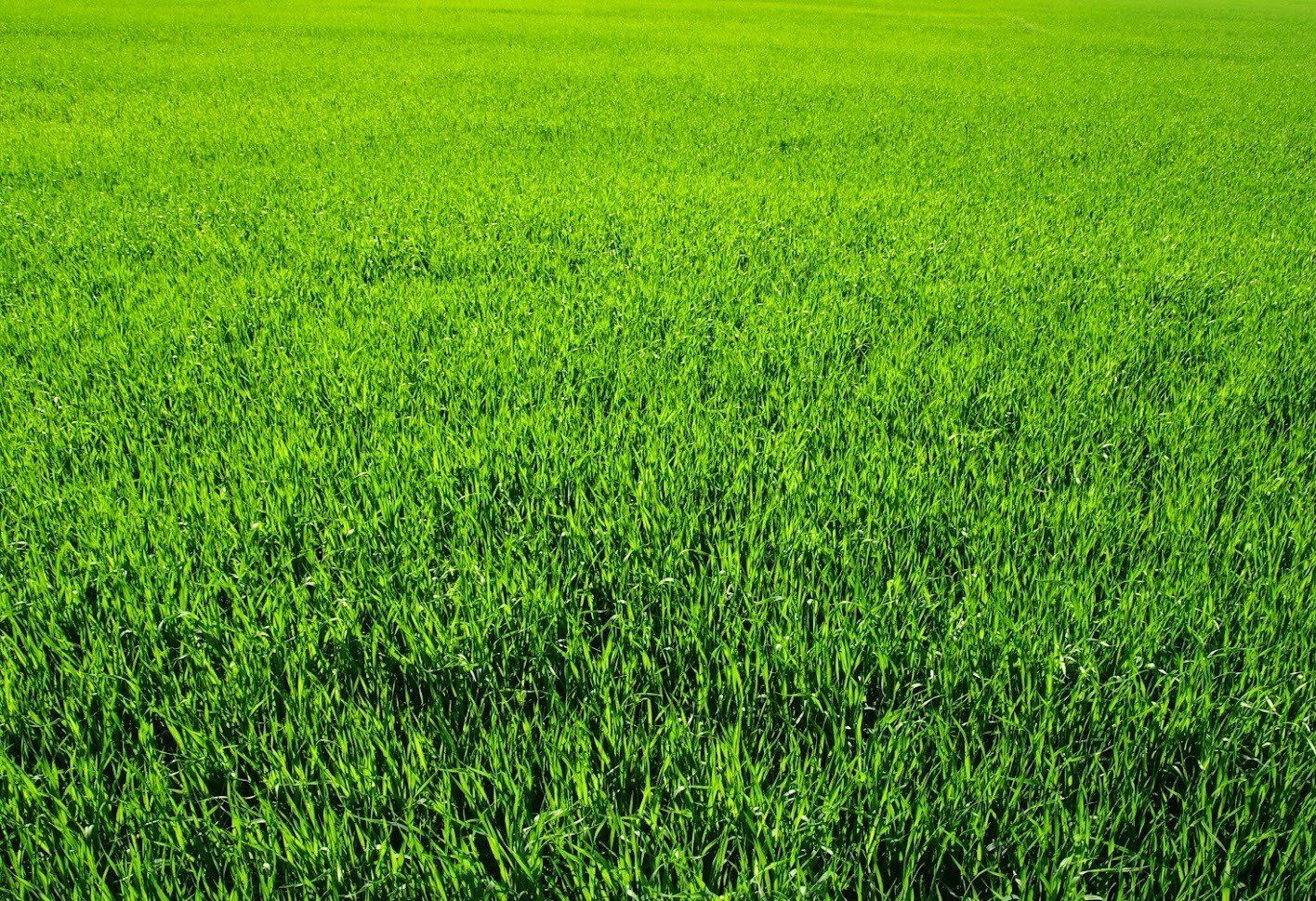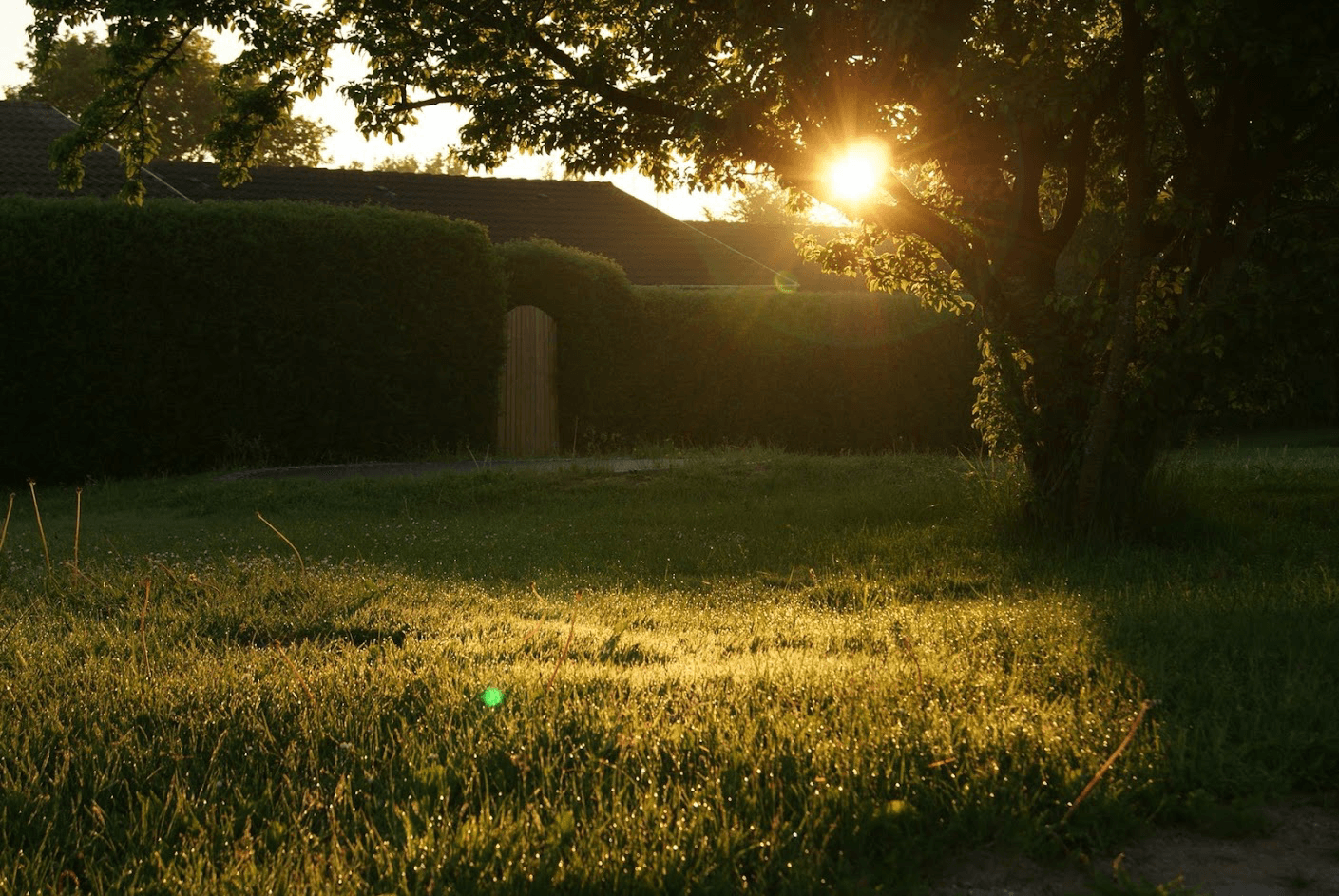How to Fix a Thinning Lawn
Thin areas in the lawn aren't just unsightly, they can also lead to worse problems like weed invasion or loss of topsoil from erosion. A thinning lawn is systematic of other problems in the landscape. Address the problem and then choose a method to fix the thin area to avoid further lawn problems in the future.
Common Causes of Thinning Lawns
Cultural problems are the most common cause of thin lawns, which you can usually remedy yourself during lawn repair. If you suspect pest or disease are at the root of the lawn problem, then having professional treatment for the culprit prior to repairing the lawn may be necessary.
Shade Issues
Lawns in shady areas tend to be most prone to thinning. Heavy tree covers or shade from nearby structures are usually the culprit. Although you can have trees removed or thinned out, choosing a lawn grass that thrives in shadier conditions offers another solution. St. Augustine and zoysia grasses provide a warm season option for shade, while a good cool season option is one of the many fescue grasses that are available.
Drought Stress
Grass needs water to grow lush and thick. As a general rule of thumb, provide 1 to 1 1/2 inches of water weekly. Thatch buildup and compacted soil can also reduce the amount of water that reaches grass roots. Thatch removal and soil aeration will remedy the problem so moisture can once again soak into the soil.
Nutrient Deficiency
Weak grass growth is sometimes a result of poor soil nutrition. Lawns need a combination fertilizer that contains nitrogen, phosphorus, and potassium, along with other trace nutrients. Fertilize in spring when temperatures are above 55 degrees Fahrenheit and grass growth has resumed. A mid-summer and early fall fertilizer treatment can also lead to healthier growth.
Methods to Repair a Thin Lawn
You have two main options for repairing a thin lawn: overseeding or sod installation. The option you choose depends on the extent of the problem and your budget.
Overseeding
Overseeding works well on large areas, particularly if you are on a strict budget. To overseed, mow the lawn short and rake up any clippings and thatch. Then, spread seed over the lawn. You must keep the seed moist until it has sprouted and the roots have established, which can take several weeks. Overseeding is typically performed in spring or early summer when the grass is actively growing.
The main drawback with overseeding is that it takes some time for the bare areas to fill in. You may need to stay off the lawn until it is well established, or the grass will quickly thin again. Overseeding tends to work best when it is done annually on areas that tend to thin quickly, such as along heavily trafficked pathways.
Sod Installation
For those looking to repair only a small area or those that want an immediate solution over an area of any size, sod is the best choice. Sod provides an instant lawn because initial root establishment occurs in as little as two weeks. Your thin lawn problems aren't likely to return if the underlying issues have been addressed prior to the installation.
You must perform more in depth preparation before you can install sod. The old grass requires removal. Then, the soil needs to be tested so the proper fertilizers and soil amendments can be added. Once this is done, the sod is laid on top the ground and firmed into place. After a few days of regular watering, the roots will anchor into the soil beneath the sod and active grass growth will resume.
Contact us for more information on sod care and installation.

